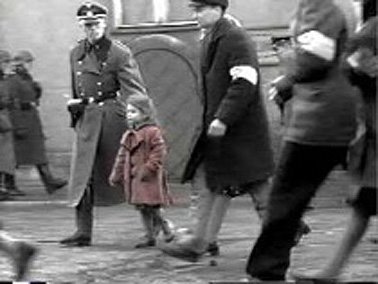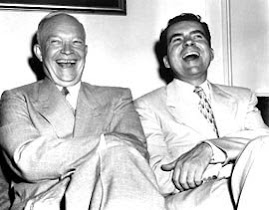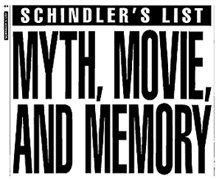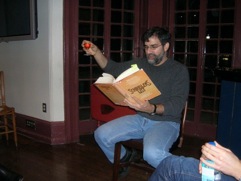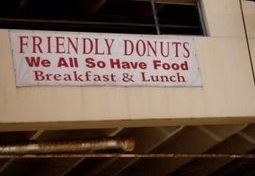 Over at the Poetry Foundation's "Harriet" blog, there have been several postings made by Mark Nowak about recent scholarship on Claudia Jones, a writer-activist who was hounded as a subversive by the FBI. To get a sense of these blog posts and of the many comments made about them, start here and look for links to the comments.
Over at the Poetry Foundation's "Harriet" blog, there have been several postings made by Mark Nowak about recent scholarship on Claudia Jones, a writer-activist who was hounded as a subversive by the FBI. To get a sense of these blog posts and of the many comments made about them, start here and look for links to the comments.As I prepared to write a book on the anticommunist attack on modernism, I accumulated (slowly--very slowly--over time) FBI files on a number of writers, especially poets, and read others' that had already been released through the Freedom of Information Act (FOIA). I had already written about communists' interactions with modernists in the 1930s and was generally well versed in the impact of the CPUSA and most generally of communist culture (some would say "culture" in scare quotes) on American poetry and poetics. Perhaps foolishly (insofar as use of my time goes) I read thousands of pages of materials compiled during the Smith Act prosecutions of communist leaders (especially the so-called "Foley Square trials" that began in 1949.
I wrote a review-essay on a book about the Smith Act prosecutions and in the course of writing that review realized the crucial role that language and literary interpretation played in the strategy to which the Justice Department resorted in order to prove that communists "meant" something that was (under the Smith Act) illegal and thus could cause judge and/or jury to send these people to jail for acts they did not "yet" commit but which they "meant" when they wrote what they wrote.
Here is a portion of that essay:
...the distance between the subversive language of the depleted postwar [post-WWI] CPUSA and a future violent toppling of the American government was so great, the sign pointing so indirectly toward the signified, as to make the danger extremely unclear, indeed, largely absent. Lacking the external evidence that seemed required by the Schenck interpretation [a World War I-era radical speech case--the famous "fire in a theatre" case], the prosecutors, aides in the executive branch (guided by Truman and his attorney general), the FBI, the lower court, and eventually the high court succeeded in shifting the test from the relation between language and the world to the intention of the language itself--that is, from external evidence of a powerful state imminently endangered by subversive language to internal evidence offered in a text which "meant" future illegal action. The government was ready to devalue clear and present danger in order to place great emphasis on the most impressionistic aspect of Holmes's 1919 writing: the First Amendment, Holmes had written, "does not even protect a man from injunction against uttering words that may have all the effects of force." One easily perceives instability in the relation of utterances to effects of force, let alone the susceptibility of the idea of intentionality to abuse. When Harold Medina instructed the jury that "words may be the instruments by which crimes are committed" as Steinberg quotes him (Steinberg has performed the heroic task of reading the entire million-plus-word transcript of the trial), the judge was making sure the jury understood that it was their duty to interpret intention. He was "instructing" them to read the texts of subversion thus: punishable advocacy was that which would incite illegal action "by language reasonably and ordinarily calculated to do so."









